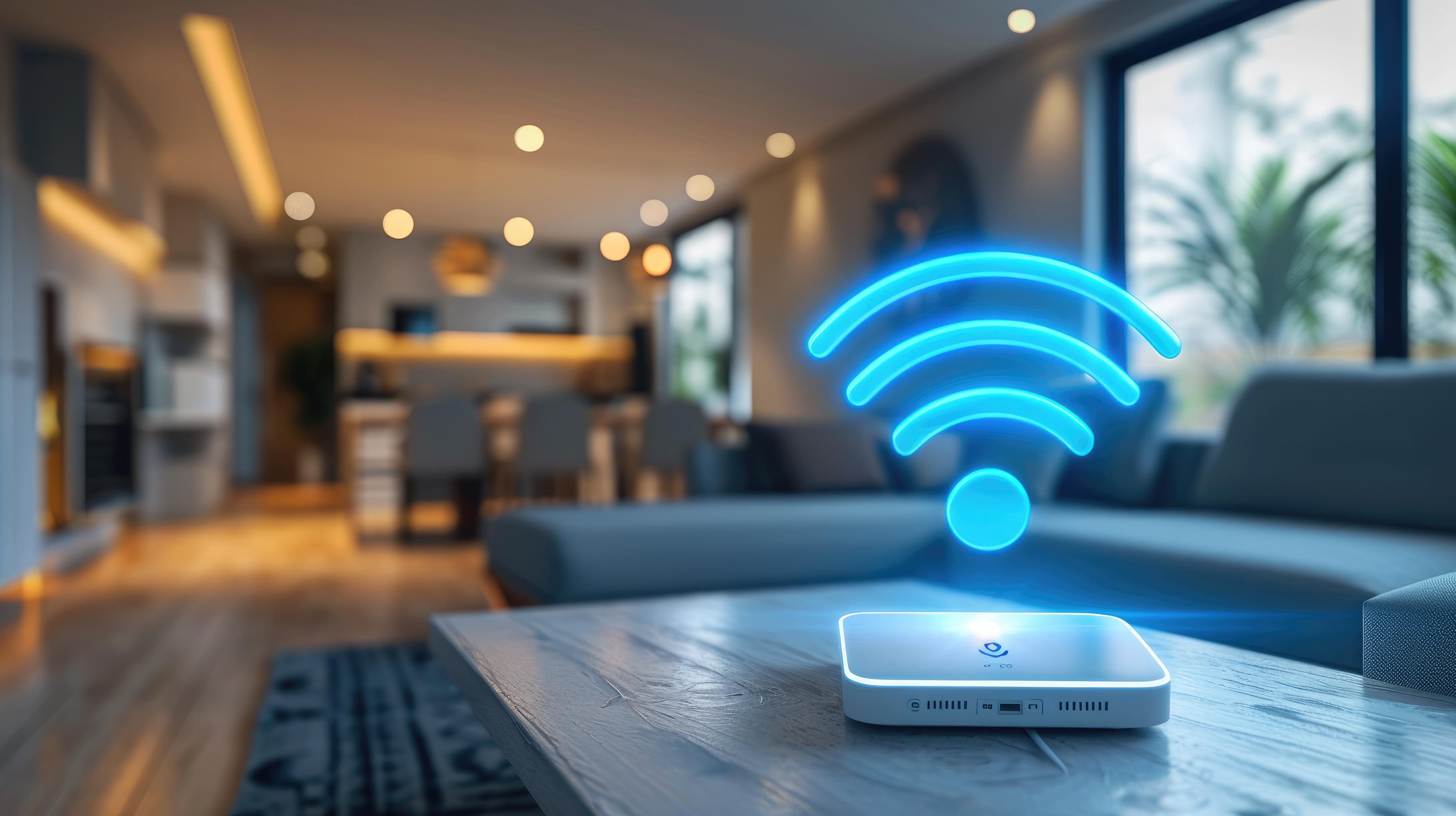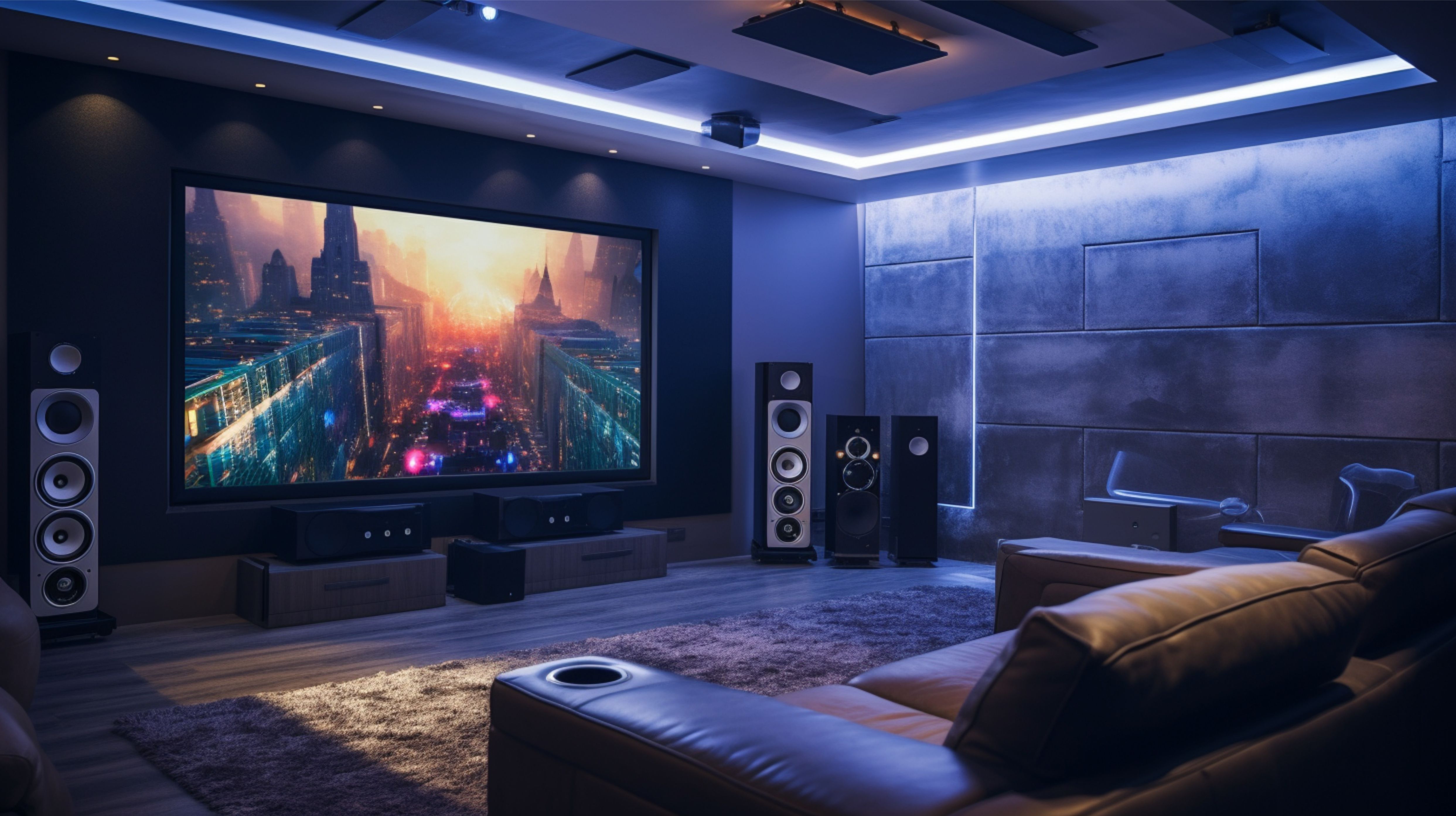
The rise of smart technology has transformed how we live, making our homes more convenient, secure, and energy-efficient. At the core of these advancements are smart home operating system services, which seamlessly connect and manage various smart devices within a single, unified platform. These systems allow homeowners to control everything from lighting and heating to security cameras and entertainment systems with ease. In this article, we’ll explore how leveraging smart home operating system services can maximize efficiency, improve quality of life, and future-proof your home.
What Are Smart Home Operating System Services?
A smart home operating system (OS) functions like a digital hub that integrates and controls all the smart devices in your home. It’s designed to manage everything from smart thermostats and lighting to security cameras and voice assistants. This interconnected system operates through a central control panel, an app, or voice commands, making it easier to manage your home’s functions remotely and efficiently.
Key Features of Smart Home Operating Systems:
Interconnectivity: Sync multiple devices such as smart locks, cameras, lighting, and more.
Automation: Program devices to work together based on specific triggers (e.g., lights turning on when motion is detected).
Remote Access: Control your home’s systems from anywhere using your smartphone or tablet.
Energy Management: Monitor and control energy usage to reduce consumption and lower bills.
Enhanced Security: Integrate alarms, door locks, and cameras for a comprehensive security solution.
By harnessing these features, smart home OS services optimize how your home operates, offering not only convenience but also long-term benefits in terms of energy savings and enhanced security.

Maximising Energy Efficiency with Smart Home Systems
One of the biggest advantages of smart home operating system services is their potential to enhance energy efficiency. Whether you’re looking to reduce your energy consumption or lower utility bills, smart devices working in sync under one operating system can make a significant impact.
1. Smart Thermostats and Climate Control
Smart thermostats are one of the most popular energy-saving devices on the market today. They allow you to adjust heating and cooling schedules based on your preferences or the time of day. With a smart home OS, you can:
Optimize usage: Set your thermostat to lower temperatures when no one is home and increase them as you arrive.
Remote control: Change the settings remotely if your schedule changes unexpectedly.
Smart sensors: Combine your thermostat with motion sensors to automatically adjust temperatures when people enter or leave rooms.
By automating your climate control, you can achieve a more energy-efficient home without compromising on comfort.
2. Smart Lighting Systems
Lighting is another area where smart technology excels in promoting energy efficiency. Smart lighting systems connected to a smart home OS allow you to control every light in your home with a simple voice command or a tap on your phone.
Automated schedules: Set lights to turn on or off automatically based on time or motion detection.
Dimming controls: Adjust the brightness of your lights according to the natural light in the room, reducing electricity consumption.
Energy tracking: Some smart systems can provide data on how much energy each light consumes, allowing you to monitor and adjust usage for maximum savings.
With smart lighting, you’ll not only save on energy costs but also extend the lifespan of your lightbulbs by using them more efficiently.
3. Smart Plugs and Appliances
Smart plugs offer a convenient way to control any non-smart device in your home. By connecting standard appliances to smart plugs, you can:
Turn devices off remotely: Forgot to switch off the coffee machine or TV? A smart plug allows you to cut the power remotely.
Monitor usage: Some smart plugs track how much energy the connected device consumes, helping you identify energy hogs.
Automation: Set appliances to turn on or off at specific times, ensuring that devices aren’t running when they don’t need to be.
These small adjustments can add up to significant energy savings, especially when managed through a unified smart home OS.

Enhancing Security with Smart Home Operating Systems
Home security is another area where smart home operating system services offer major benefits. With the integration of smart locks, cameras, and alarms, you can create a robust security network that’s easy to manage and monitor.
1. Smart Locks
Smart locks allow you to lock or unlock your doors remotely, giving you control over who has access to your home.
Remote access: Lock or unlock your doors from anywhere, allowing you to let in guests or service personnel without needing a physical key.
Automated locking: Set your doors to lock automatically when you leave or at a certain time each night for added peace of mind.
Custom access codes: Provide temporary codes to visitors or contractors and track who enters your home through the app.
Integrating smart locks with your home’s OS means you can manage access alongside other security features like cameras and alarms, providing a more comprehensive security solution.
2. Security Cameras
Smart cameras integrated into a home operating system give you 24/7 monitoring of your property, both inside and out. Many modern systems allow for features like:
Real-time alerts: Get notifications when the camera detects motion or sound, and view live footage through your phone or tablet.
Cloud storage: Store recorded footage in the cloud for easy access later.
Two-way communication: Speak through the camera using built-in speakers and microphones, adding an extra layer of protection.
With a smart home OS, you can also link your security cameras with other devices, such as smart lights or alarms, for a coordinated security response.
3. Alarm Systems and Sensors
Smart alarm systems can be integrated with other security devices for more efficient monitoring. Motion sensors, door/window sensors, and alarms can work in harmony to provide an all-around secure environment.
Custom alerts: Receive instant notifications on your phone if a sensor is triggered, so you can respond promptly to potential intrusions.
Automated responses: Program your system to trigger specific actions (such as sounding an alarm or turning on lights) when a sensor is tripped.
This high level of integration helps create a security ecosystem that works together to keep your home safe.

Convenience and Control: Why a Unified Smart Home OS Matters
One of the greatest benefits of smart home operating system services is the ability to control all of your home’s devices from a single interface. Whether through a smartphone app, a central control panel, or voice assistants like Amazon Alexa or Google Assistant, smart home systems offer unparalleled convenience.
1. Centralized Control
A unified smart home OS brings together all of your devices under one umbrella. This means you can manage your heating, lighting, security, and even entertainment from a single app or voice command, without needing to switch between different platforms.
Voice commands: Control multiple devices with a single voice command, such as “Goodnight” to lock the doors, turn off the lights, and lower the thermostat simultaneously.
Automation: Set up custom routines and schedules so that your home adapts to your daily life automatically.
User-friendly interfaces: Modern smart home OS platforms are designed to be intuitive, allowing you to easily monitor and control your system without technical knowledge.
2. Remote Management
Smart home systems allow you to manage your devices remotely, offering peace of mind whether you’re at work or on vacation. You can:
Monitor security cameras: Check live footage of your home at any time.
Adjust temperature: Turn up the heat before you get home or adjust settings while you're away.
Control lighting: Turn lights on or off to make it look like someone is home, even when you’re not.
This level of control ensures your home is always operating efficiently, no matter where you are.
Future-Proofing Your Home with Smart Technology
As technology continues to evolve, the number of devices that can be integrated into smart home systems is growing. By investing in a smart home operating system, you’re future-proofing your home, allowing for easy upgrades and expansion as new devices and features become available.
Scalability: Start with a few essential devices and expand your system over time.
Compatibility: Choose a system that supports a wide range of smart devices to ensure long-term compatibility with future technologies.
Smart integration: The ability to integrate with other smart home ecosystems means that your investment in smart technology will continue to add value as new innovations emerge.

Conclusion
Smart home operating system services offer a powerful way to enhance efficiency, security, and convenience in your home. From energy management and security to centralized control and future-proofing, a smart home OS can transform how you interact with your living space. Whether you’re looking to cut down on energy consumption, boost home security, or simply enjoy the convenience of a fully connected home, smart home systems are the key to making your home more efficient and comfortable.